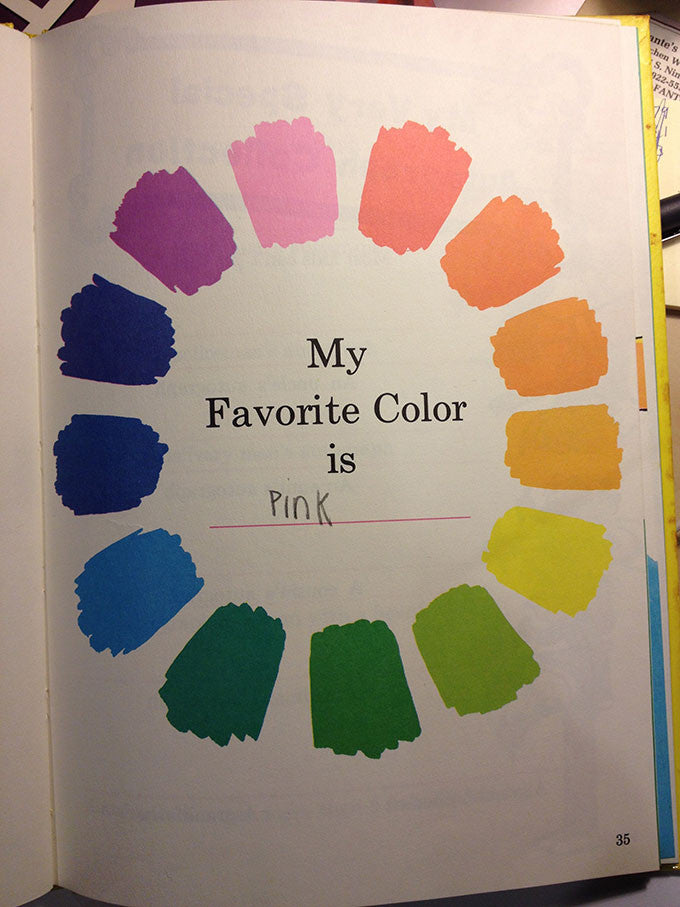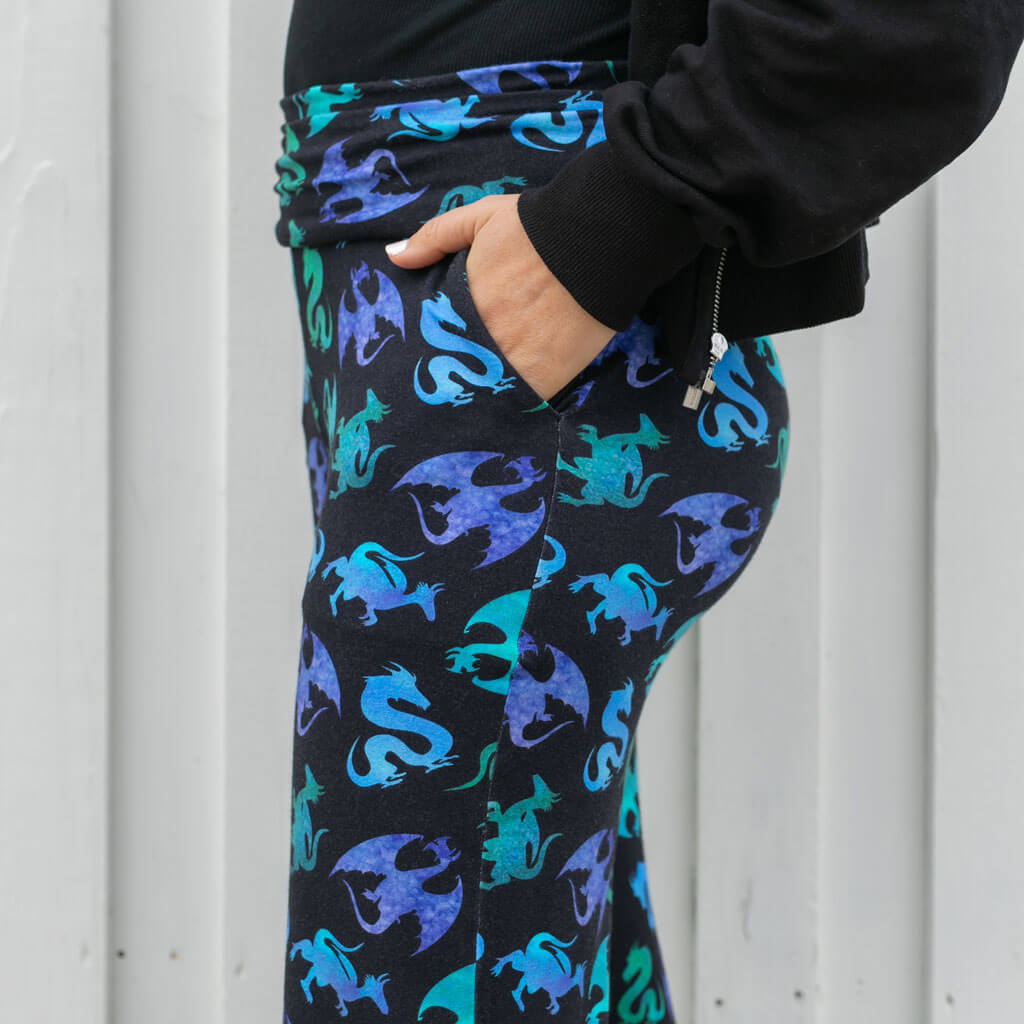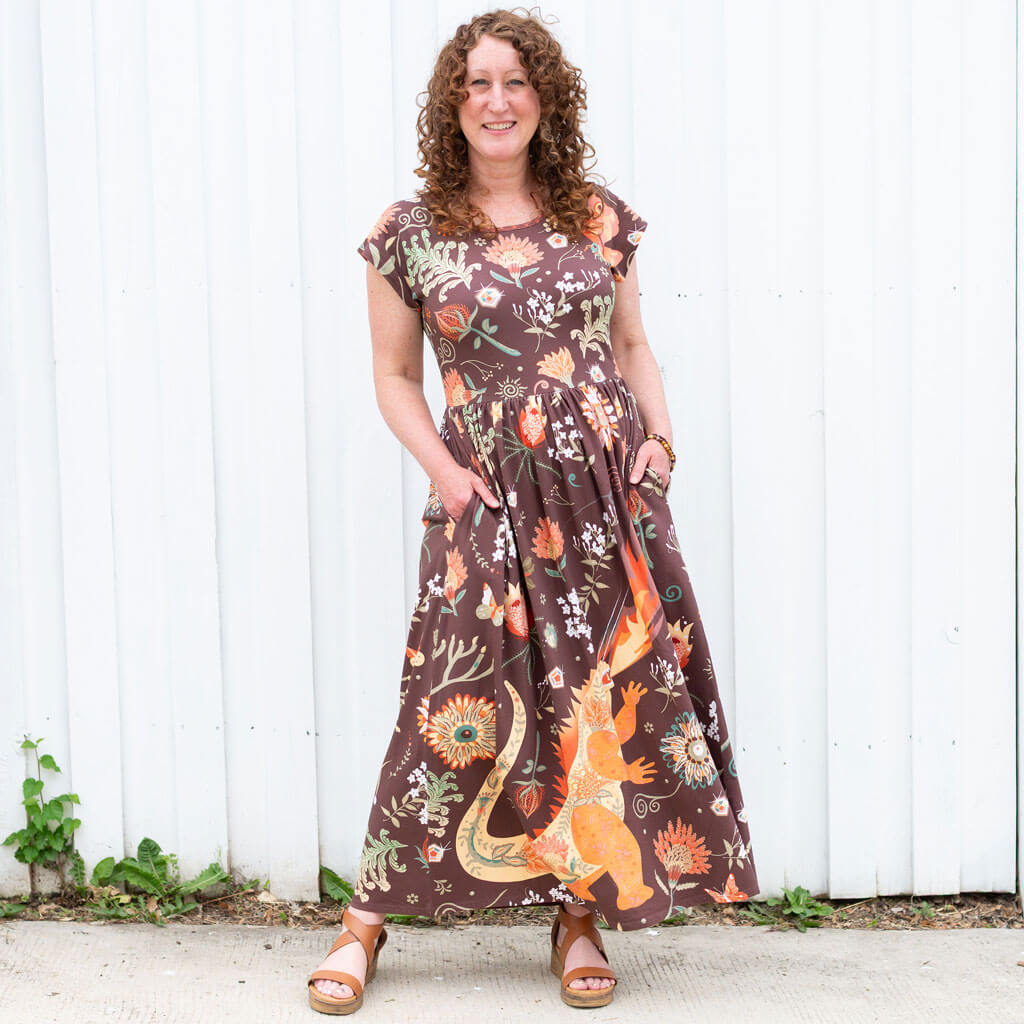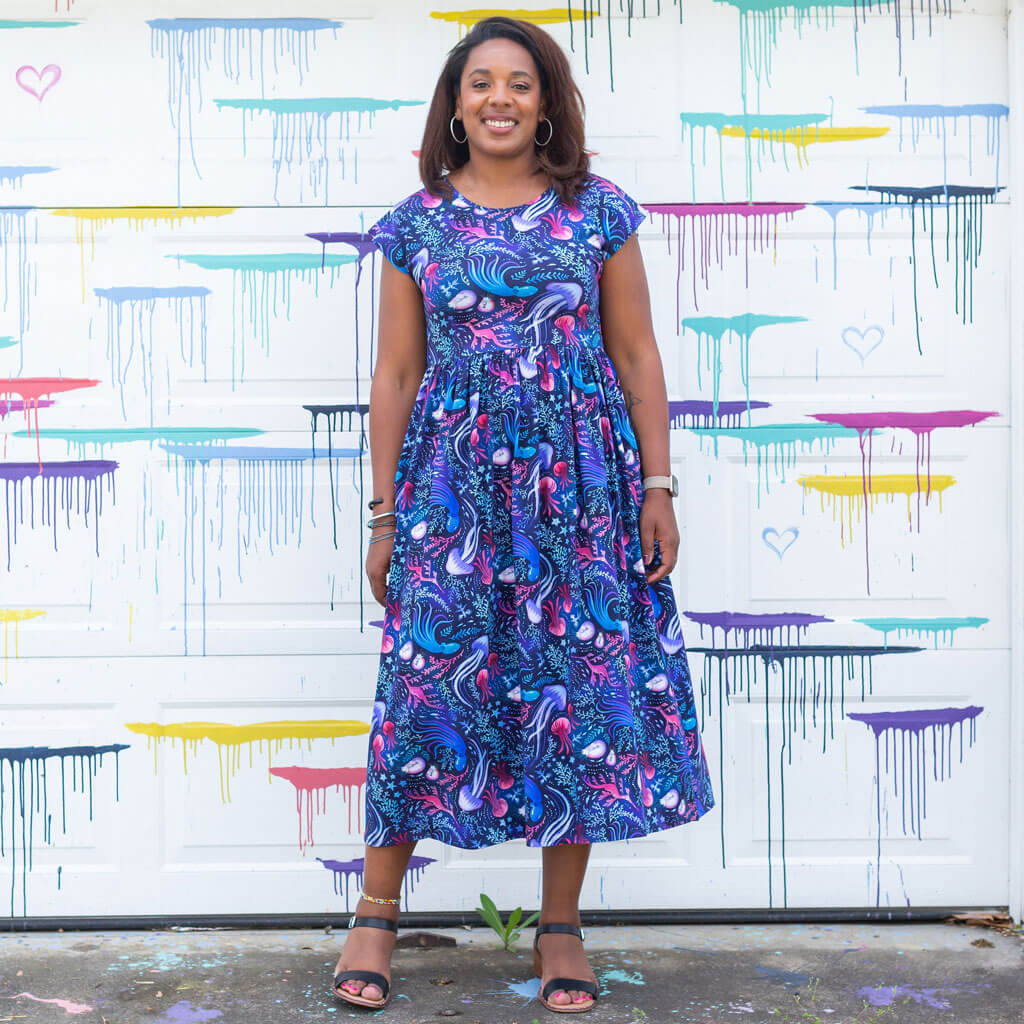Shop Now
New
Sale

I'm a Scientist and I Love Pink
March 15, 2015 2 min read 1 Comment


When I was seven years old, I “wrote” this book (with some help from Dr. Seuss):

It asked me to fill in the blanks with interesting pieces of information about my life, like how many siblings I had and how many forks were in my house. Two of its pages provide the clearest statement of why Princess Awesome and other companies like it matter so much.
First, the page about what I wanted to be when I grow up:

Second, the page about my favorite color:

I wanted to be a scientist, and my favorite color was pink. When I was seven, I felt no contradiction between those two facts — and there shouldn’t be for anyone, at any age. I was passionate about wanting to be a scientist and wanting to discover how the world worked, and I was just as passionate about pink.
Naturally, both of these desires were shaped by the environment in which I was raised: a family that encouraged reading and discovery, and a culture that assigned the color pink to girls. But just because my desires were partially due to outside influences doesn’t make those desires any less legitimate or any less deeply felt. I just liked pink, and I just wanted to be a scientist. It was (and should be) that simple.
That’s why the clothing that Princess Awesome makes is so important: Because girls like my seven-year-old self both like pink and dresses and ruffles, but also want to get their hands dirty with their biology projects and learn how to map the moon.
I’m not seven anymore, but I still like pink, and I did grow up to be a scientist.
In fact, I’m a developmental psychologist, and my research studies how young children grow and develop. So I know, both from my own experiences growing up and from my academic studies, how important it is that all children feel that all their needs and wishes are respected. Sometimes these needs and wishes seems contradictory to adults or even to other children, like being a boy and liking pink, or being a girl and wanting to play hockey. But these needs and wishes are experienced by children simply as things that they like and that make them happy, and should be respected as such.

As adults, we recognize that we have many different dimensions to our personalities and a wide variety of interests. Children’s mental lives are no less complex. Giving our girls a choice of clothing that embraces all of these complexities is a crucial first step towards allowing them learn to embrace their own complexities, and can help them to grow confidently into whatever sort of women they would like to become.
**************************
Deena Skolnick Weisberg is a Senior Fellow at the Department of Psychology at the University of Pennsylvania.
1 Response
Leave a comment
Comments will be approved before showing up.
Subscribe
Sign up to get the latest on sales, new releases and more …






Krista hernandez
May 25, 2017
Hi. What brand are the dresses with pockets?